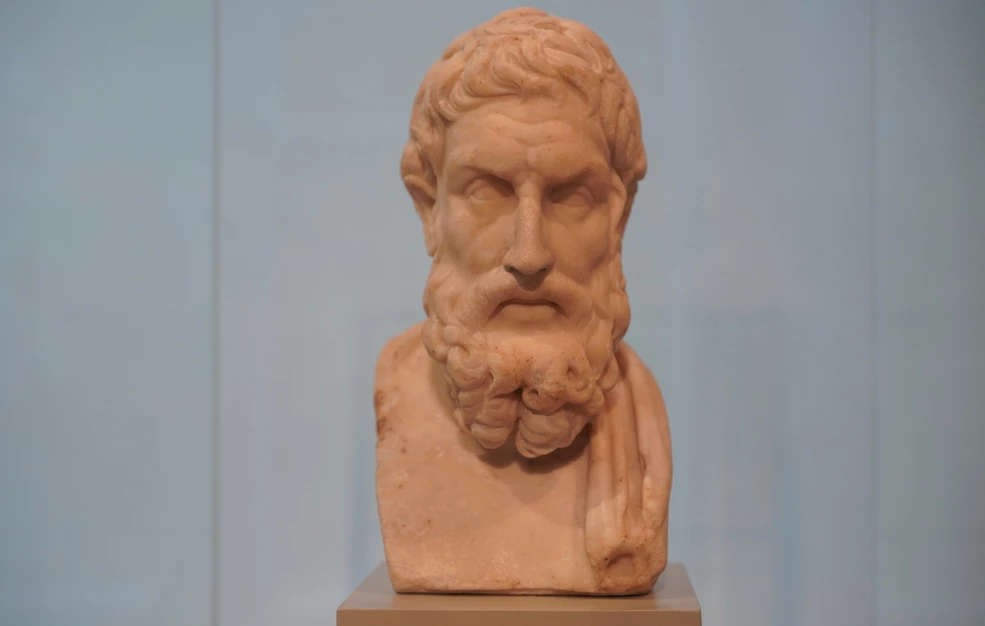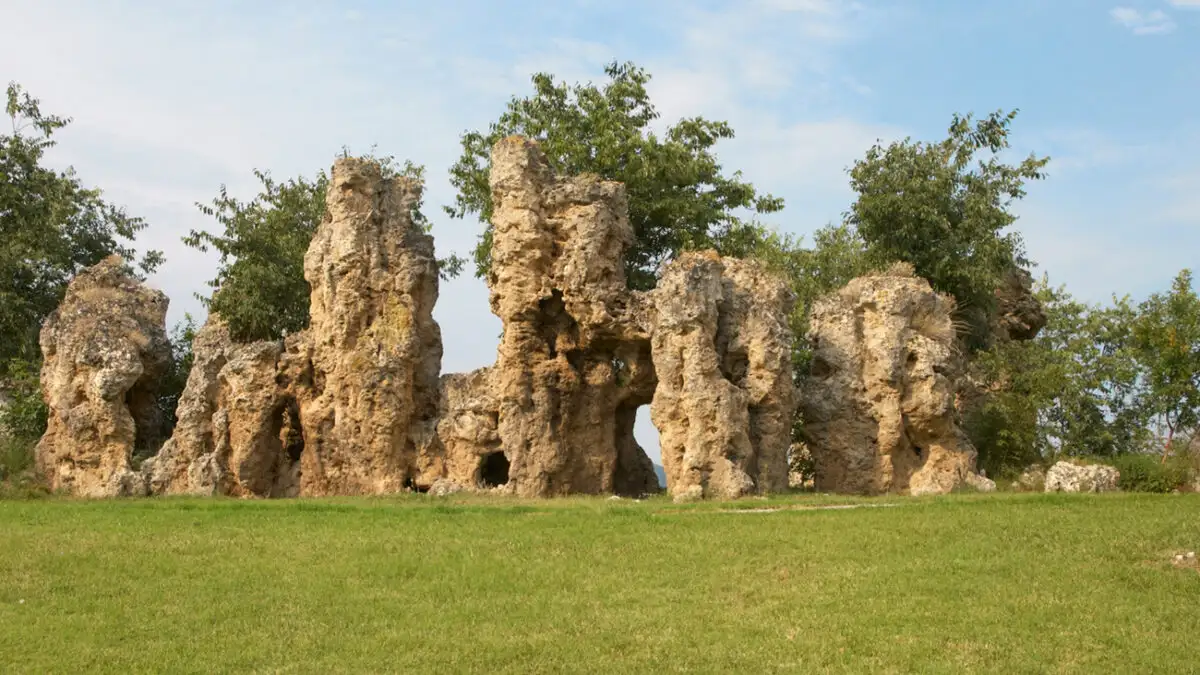The ancient Greeks, with their rich tapestry of mythology, envisioned a divine realm teeming with gods and goddesses, each weaving their influence into the fabric of existence. While the Twelve Olympians hold a prominent place in Greek mythology, the pantheon extends far beyond these well-known figures. Let us embark on a journey through the expansive landscape of the ancient Greek gods, exploring the myriad deities that shaped the cosmos and influenced mortal lives.
Primordial Forces:
At the genesis of the Greek cosmogony are primordial forces embodying the fundamental aspects of existence. Chaos, Gaia (Earth), Uranus (Sky), Erebus (Darkness), Nyx (Night), and Tartarus (Underworld) represent the elemental forces that set the stage for the unfolding drama of divine affairs.
Mighty Titans:
The Titans, offspring of Gaia and Uranus, form a powerful generation of deities that precedes the Olympians. Among them are figures like Cronus, Rhea, Hyperion, and Mnemosyne. The Titans played pivotal roles in the cosmogonic struggle, eventually giving way to the rule of the Olympian gods.
The Underworld and Beyond:
Hades, the god of the Underworld, often considered one of the Twelve Olympians, oversees the realm of the dead. Persephone, abducted by Hades and later becoming Queen of the Underworld, further expands the narrative of the divine realm.
Personifications and Lesser Deities:
Beyond the major gods and Titans, Greek mythology is replete with personifications and lesser deities, each personifying various aspects of the natural and human world. Nike represents victory, Nemesis embodies retribution, Eris symbolizes discord, and Tyche personifies fortune. Hypnos governs sleep, while Thanatos presides over death.
Nature Spirits and Nymphs:
The ancient Greek landscape is alive with nature spirits and nymphs, lesser deities inhabiting mountains, rivers, and forests. Pan, the rustic god of nature, and the Naiads, Dryads, and Nereids exemplify the diverse spirits that infused the natural world with divine presence.
The Muses:
The Muses, daughters of Zeus and Mnemosyne, serve as patrons of the arts and sciences. Each Muse presides over a specific domain, inspiring creativity and intellectual pursuits. Calliope guides epic poetry, Clio oversees history, and Terpsichore leads in dance and choral song, among others.
Deities with Dual Roles:
Some gods and goddesses play multifaceted roles, often personifying both positive and negative aspects. Apollo, associated with light, prophecy, and music, is also a god of plague and destruction. Similarly, Hermes, messenger of the gods, is both a trickster and a guide.
Conclusion:
The ancient Greek pantheon is a vast and intricate cosmos, brimming with deities that extend far beyond the Twelve Olympians. From the primordial forces shaping the cosmos to the personifications embodying human experiences, each deity contributes to the intricate narrative of Greek mythology. Exploring this expansive landscape reveals a cultural richness that embraced the complexities of existence, allowing both major and minor deities to leave their indelible mark on the tapestry of ancient Greek belief and storytelling.









